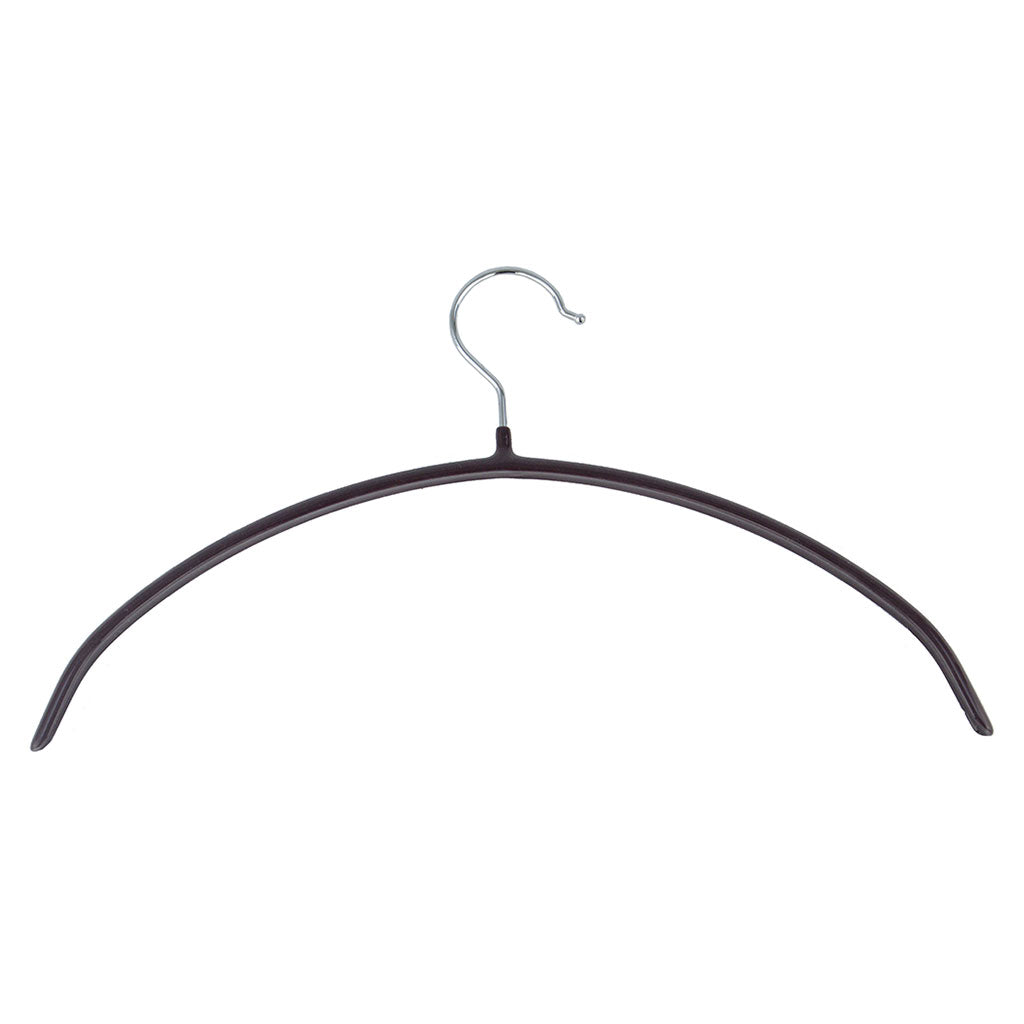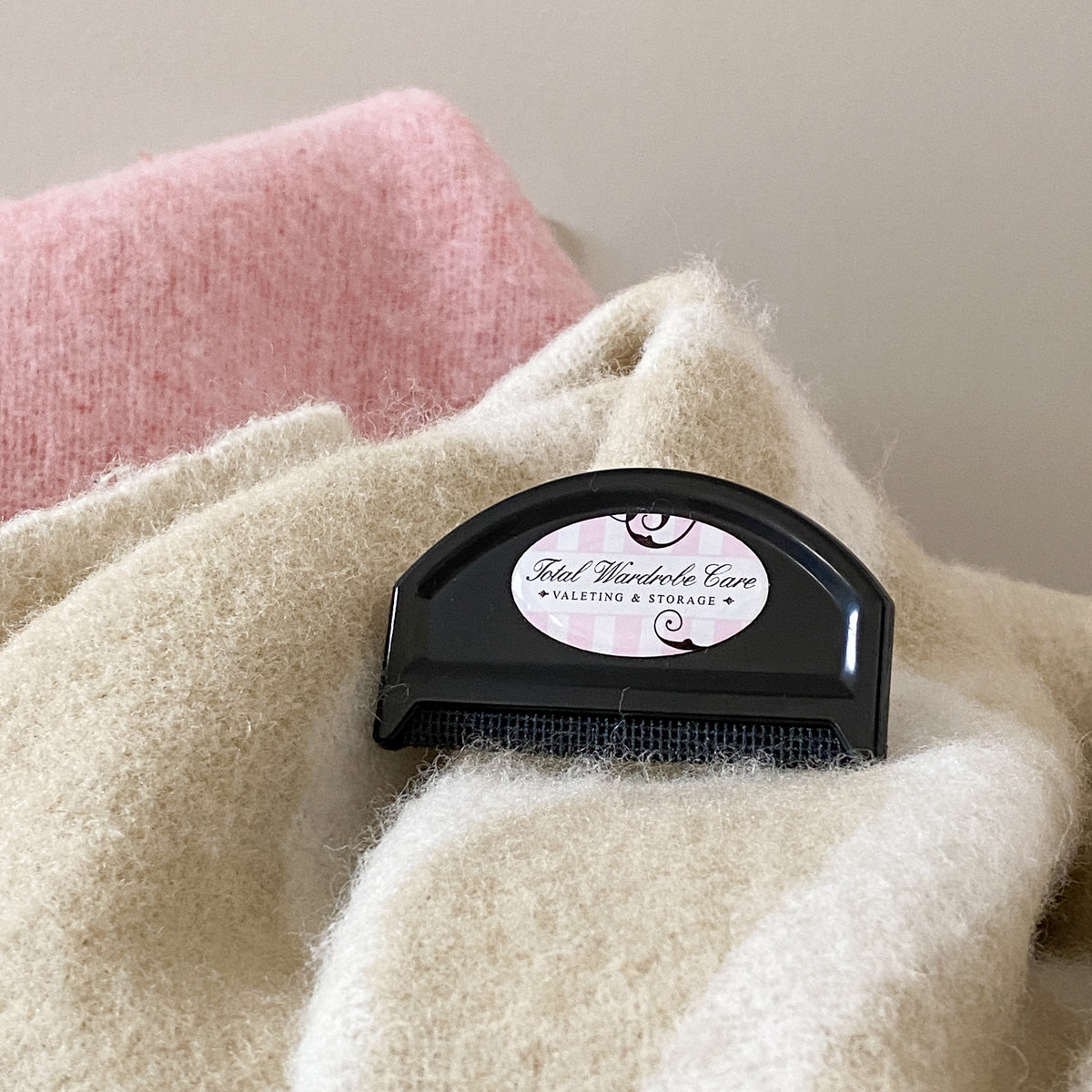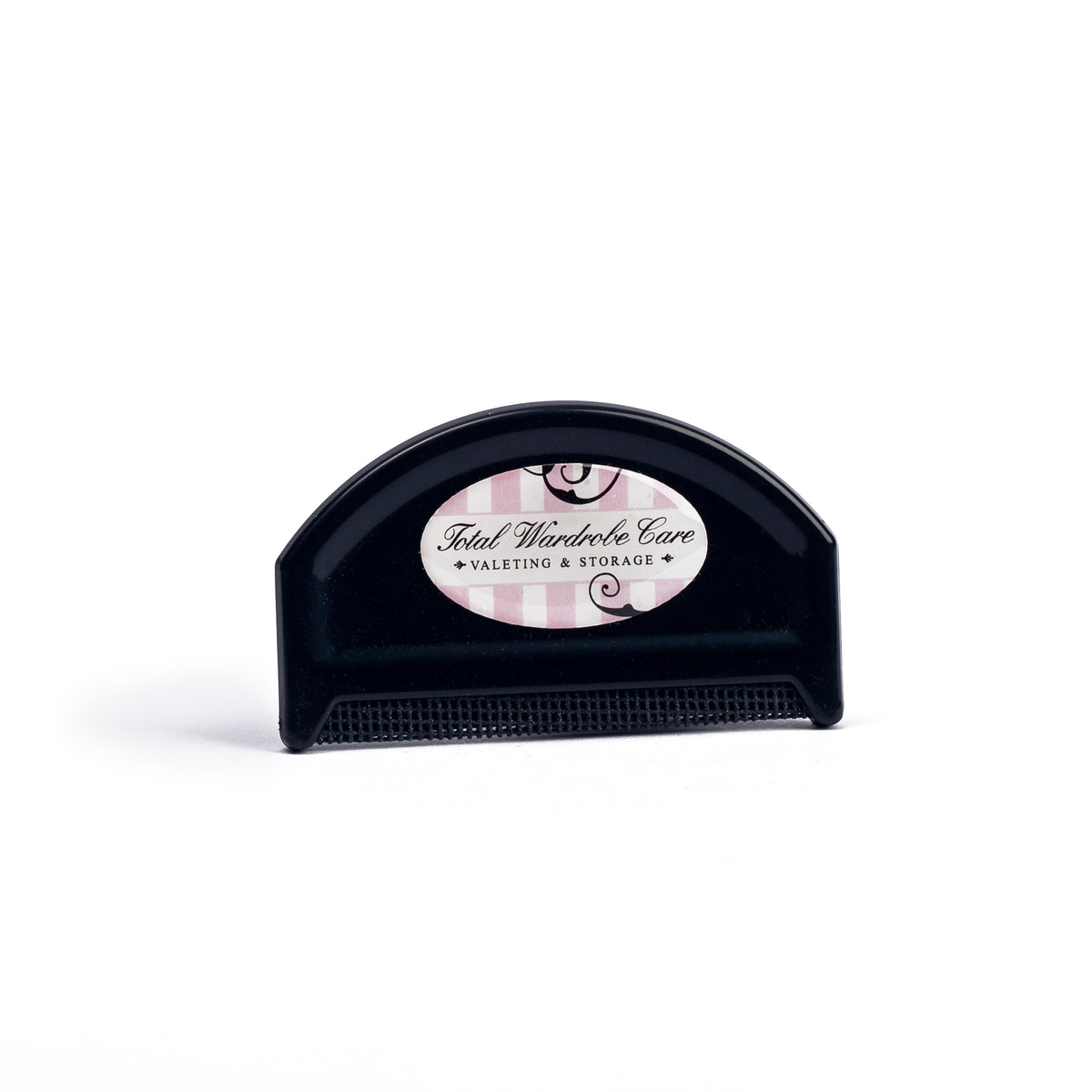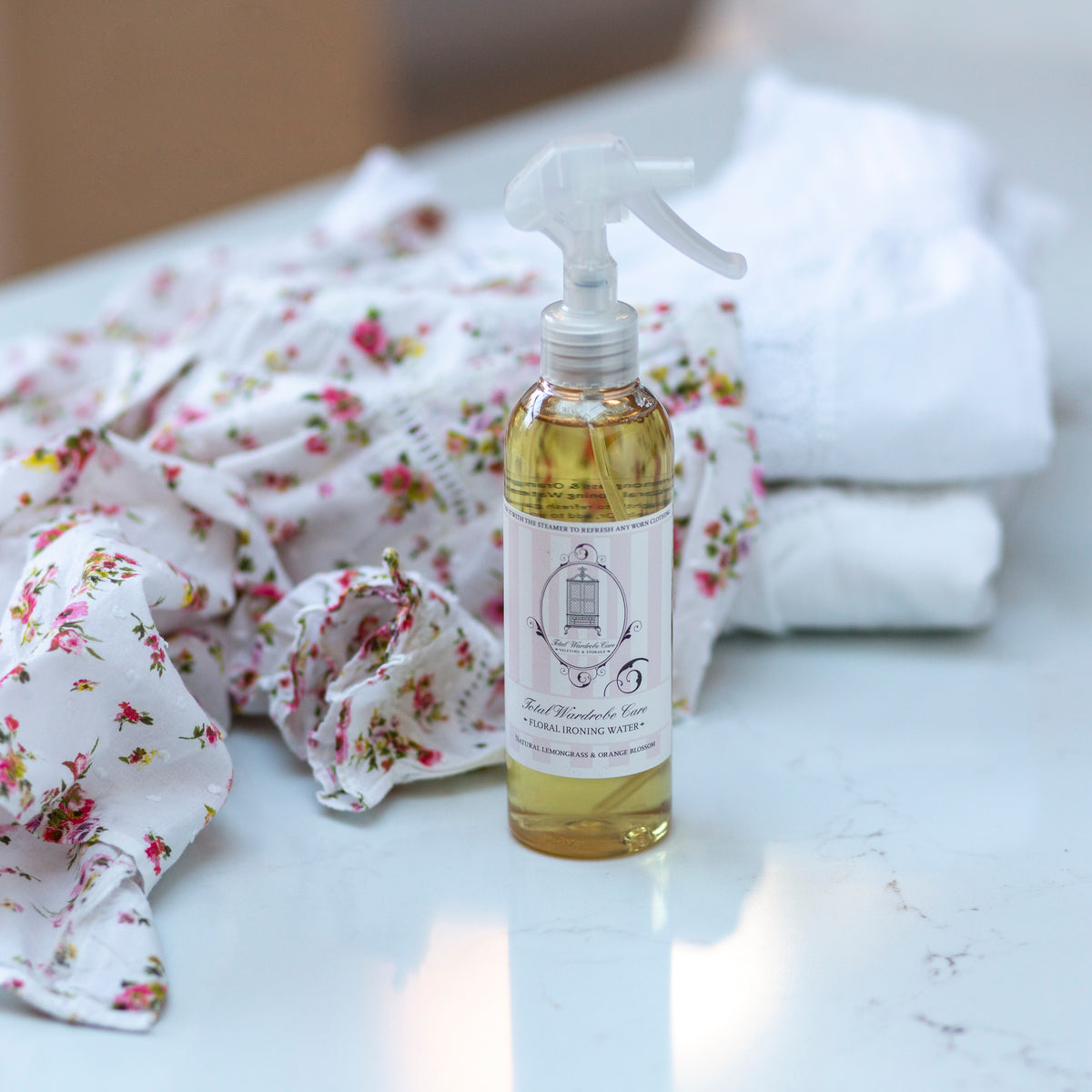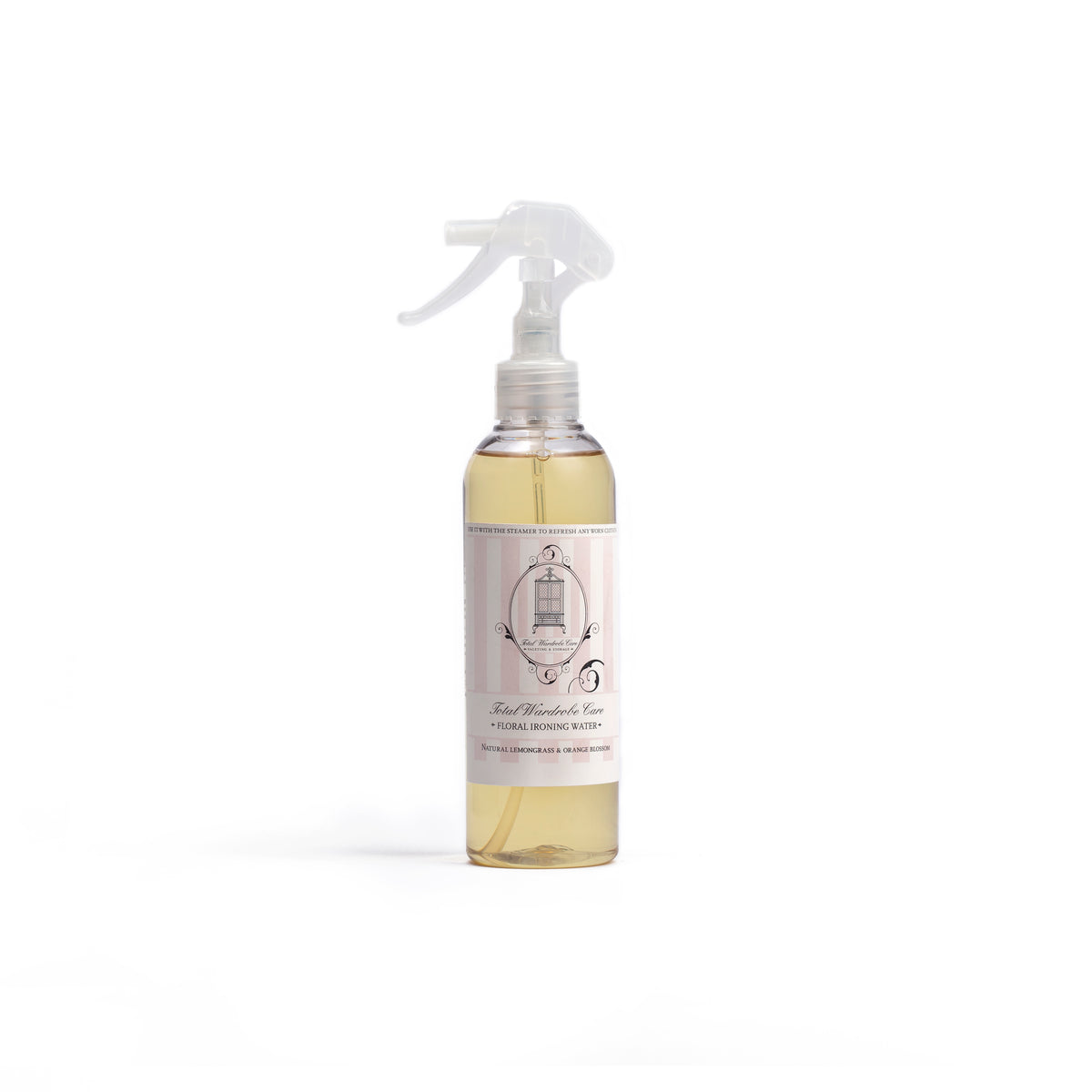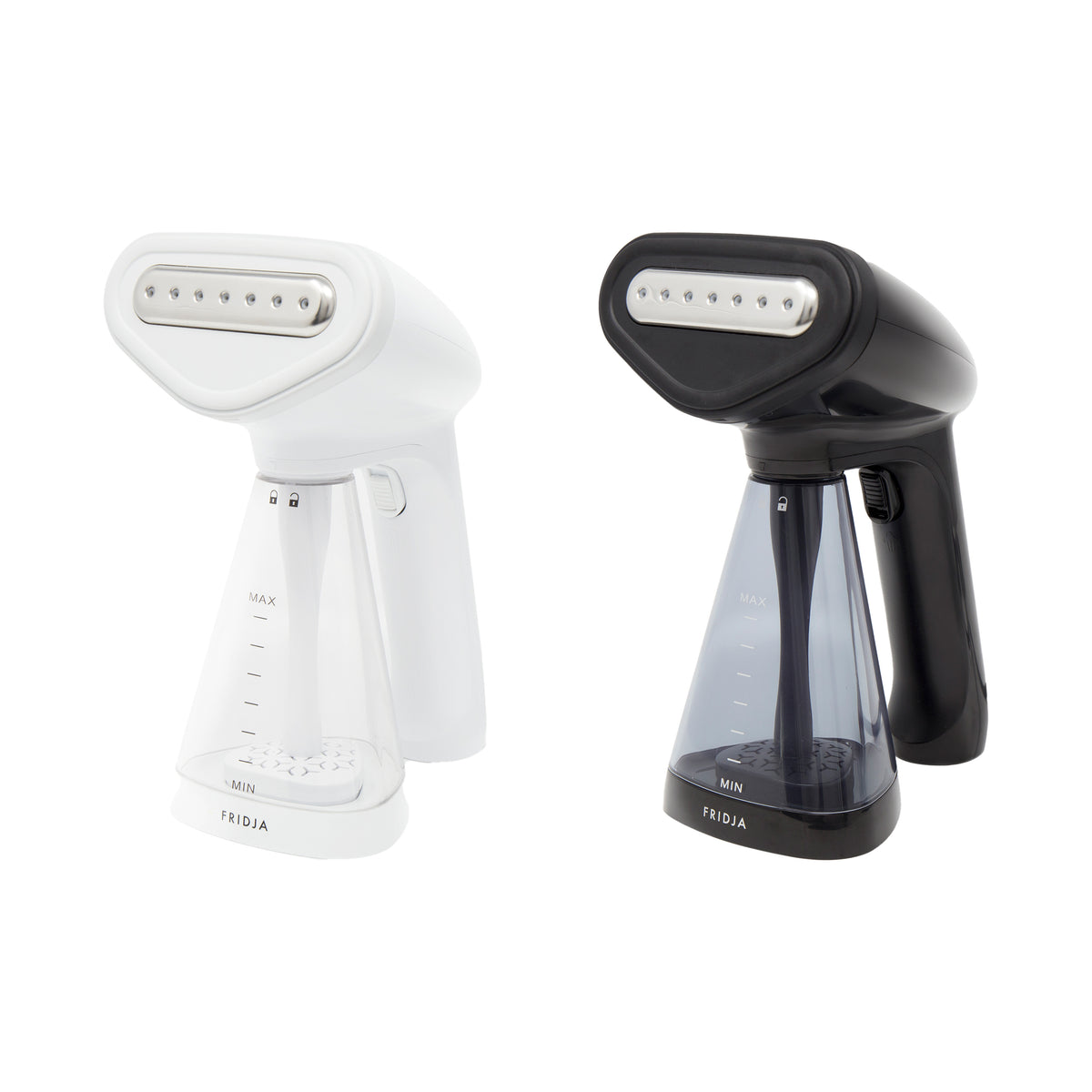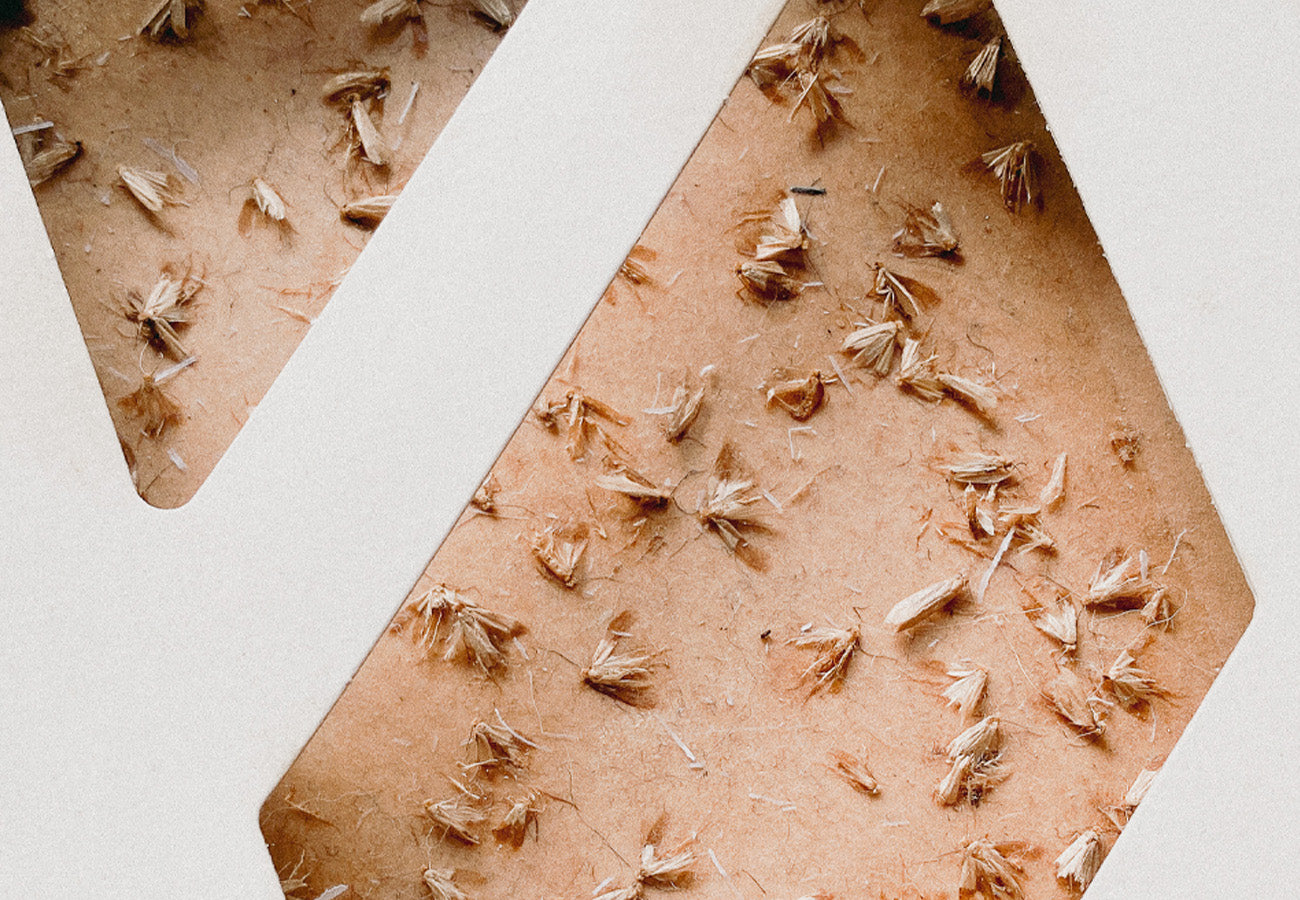Well, if everyone mended and altered, our other business The Wardrobe Curator wouldn't be here. Realistically most people don't have the time or the resources, so here we provide a few mending tips that we hope you find useful:

- For loose shoulder pads, buy little sticky circles of Velcro which adhere to the fabric for a short-term solution. But in the end, you have to stitch them in.
- When mending buttons don't use more than a double thread and don't sew them too close to the shank.
- Backstitch across holes in pockets until you can get to a tailor (tailors have to do jacket pockets particularly, because of the lining).
- Remember that lining is designed to wear out it's never going to be as tough as the fabric it's designed to protect. So do re-line occasionally to stop the outer material from wearing as well.
- Hems and sleeves can be temporarily repaired with double-sided sticky tape. Long term, they must be stitched or ironed together with Bondweb (though beware, it can leave a line).
- A trouser hem will hold for a day with a little safety pin on either side seam.
- You can easily darn if you have the right wool and a darning mushroom, but don't try with delicates such as cashmere and angora. Leave it to the experts who will pick up the stitches.
- Similarly, don't be a have-a-go-hero with beads or missing embroidery or unravelling lace.
- If there's a stain in a visible place, the only solution may be a patch, motif, embroidery or beadwork
- For underarm stains, buy a piece of matching material, or take some from the dress hem or seam allowance, and put gussets under the arms. Deodorant rots fabric badly.
Our handy Sewing Kit is ideal for travel and on the move repairs. Everything you need in a handy size zipped pink bag, it also makes an ideal gift.




